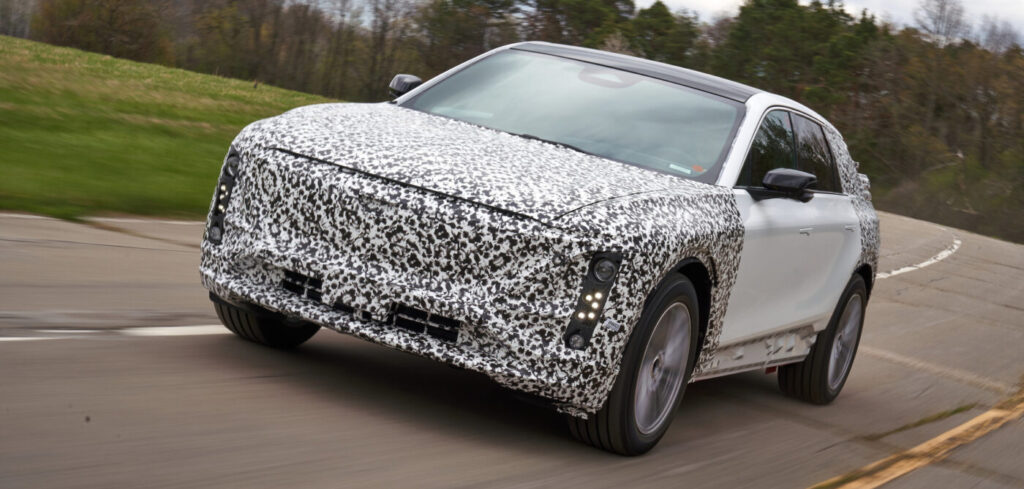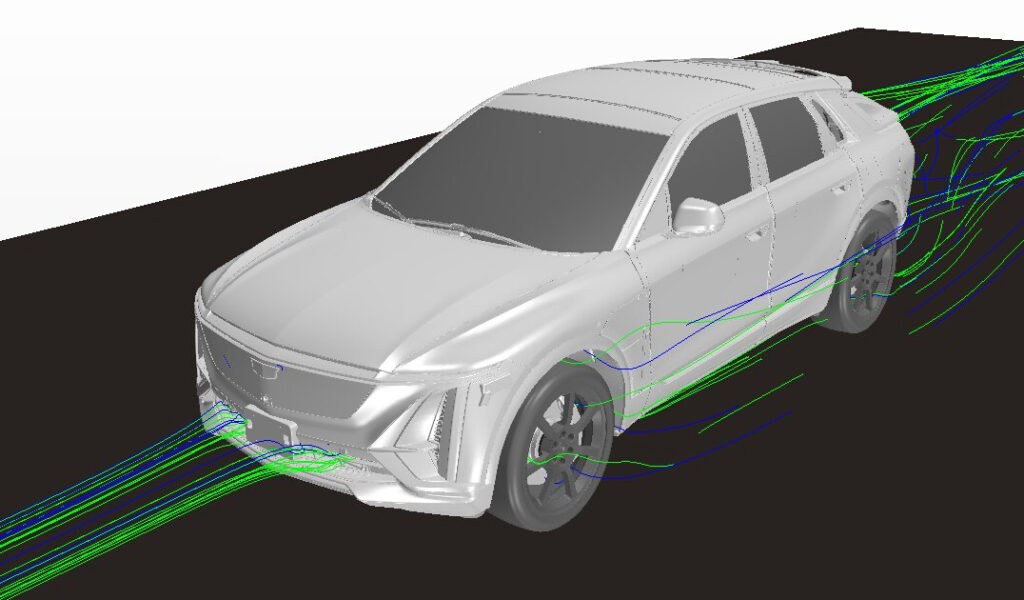Cadillac has debuted the Lyriq, its first all-electric SUV, which will be powered by GM’s new Ultium tech, nine months ahead of schedule. This impressive feat is said to have been thanks to the company’s virtual testing and validation work. It signifies a turning point in GM’s development process as the company continues with its mission to evolve its global development methods through the use of virtual engineering and simulation tools.
As demonstrated by Lyriq, the process of virtual design, development and validation has a profound impact on the overall efficiency of GM vehicle programs. Implementing the tools early in the development process enables a vehicle’s design, quality and performance to be honed within the confines of a digital environment, enabling GM to expedite product development cycles while reducing engineering costs by US$1.5bn per year.
The results are said to be augmented when the virtual design and development process is paired with the Ultium platform, which is the core component of GM’s EV strategy. Its modularity means the architecture can be easily adapted from one vehicle model to another, so the learnings from one program can be applied to accelerate the development of others in the EV portfolio.
According to the auto maker, several elements of the Lyriq program were enhanced as a direct result of simulation testing and verification: cabin comfort for passengers in cold and hot environments; advanced aerodynamics to help maximize range and on-road performance; aeroacoustics and active road noise cancellation for a more enjoyable ride; driver assistance and active safety features for peace of mind; and protection of the Ultium battery in a wide variety of collision scenarios.
“While GM has been developing great products for more than 100 years, virtual engineering has allowed us to visualize aspects of our designs that have not been previously observable with conventional vehicle testing. This is one of many inherent strengths of virtual engineering that we’ve capitalized on to completely reimagine how we create and develop future mobility products like the Cadillac Lyriq,” commented Mike Anderson, GM executive director of virtual design, development and validation.
“This new approach certainly achieved our initial goal of drastically reducing our engineering spend on expensive prototypes, but, more importantly, has enabled us to run faster than ever before, and deliver better quality on our first production vehicle builds.”
Harnessing virtual test tools, the team was able to test thousands of designs through multiple scenarios to address the many forms of variation, enabling the first drivable Lyriq prototypes to be produced with a single optimized design.
Jamie Brewer, Lyriq chief engineer, added, “Now that we’ve moved to the next phase of development, the initial quality of our pre-production test vehicles is some of the best that I’ve ever seen. During early test drives, I’ve been impressed with the ride, handling and overall performance of the vehicle at this stage of development.”
Cadillac’s EV showpiece is expected to go into production in the first quarter of 2022.
More on the development and testing of GM’s Ultium platform in the June 2021 issue of ATTI.



